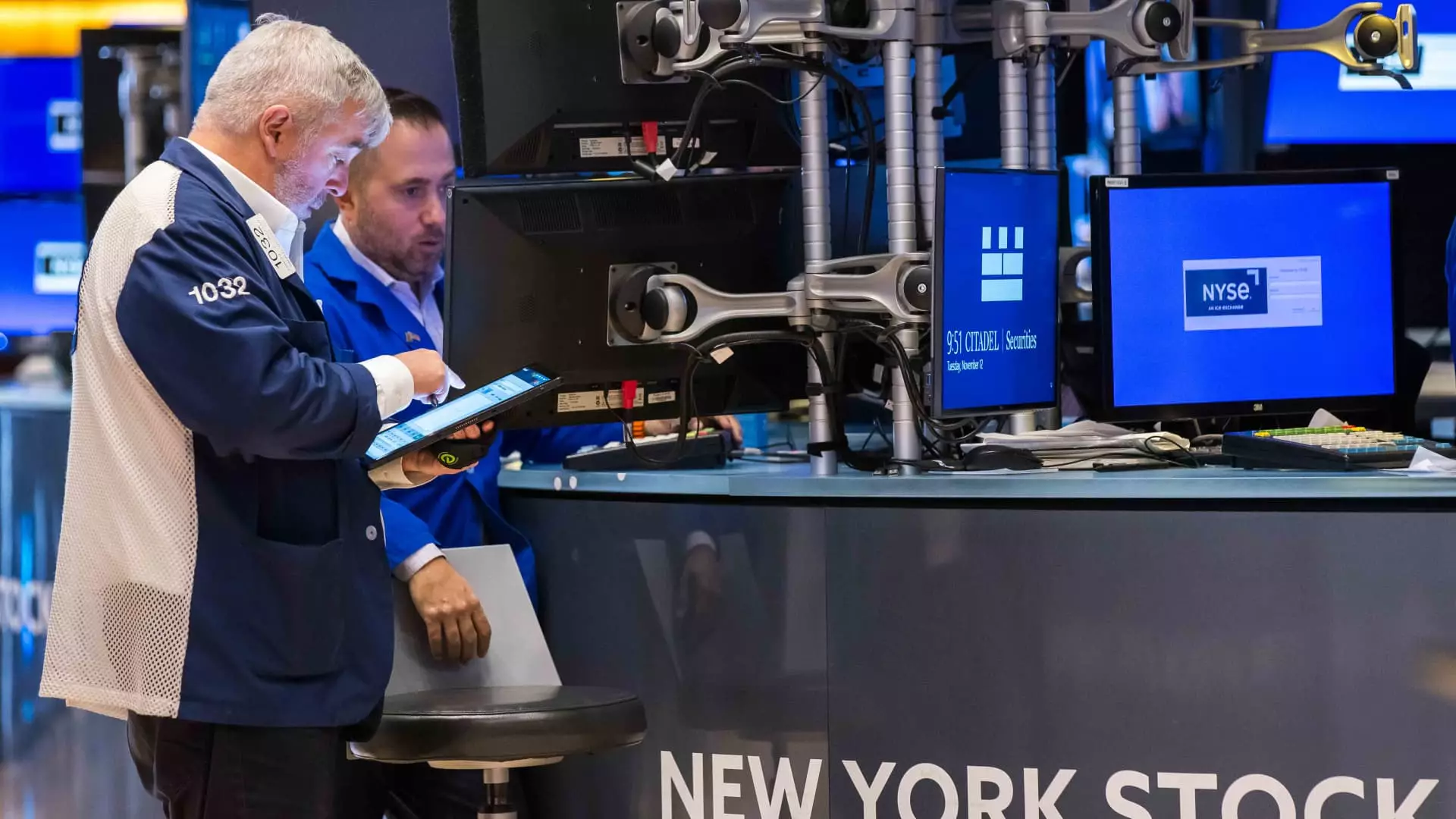The financial landscape is ever-changing, and staying ahead of market trends is crucial for investors. As we analyze recent stock market activities, particularly after the modest declines noted recently, it’s important to identify significant figures and movements that are shaping the future. The daily newsletter “Stocks @ Night” delivers valuable insights after market hours and prepares investors for the next day’s challenges and opportunities.
On Tuesday, key stock figures captured the attention of market watchers. Notable investors, such as Nelson Peltz and David Einhorn, were at the forefront of discussions, highlighting the growing influence of big-money players in shaping market trends. Additionally, Jagdeep Singh Bachher, the esteemed chief investment officer and vice president of investments at the University of California, alongside Gerry Cardinale of RedBird Capital and actor Ben Affleck, depicted a blend of finance and popular culture that continues to draw interest in investment narratives. Such interactions show how the financial world is increasingly merging with broader social contexts, allowing for a fresh perspective on investments.
This entry into the limelight is significant as it illustrates how personal branding and influence can sway market emotions, an underappreciated aspect of investment credence. Their public appearances and discussions can create ripples in market performance and investor sentiment.
On the trading front, stocks displayed a mixed performance, with accolades and downturns serving both ends of the spectrum. Honeywell emerged as a victor, witnessing a notable increase of 3.85%, marking a new high point and contributing to a substantial growth of 14% during November. In sharp contrast, the S&P 500 faced a drop of approximately 0.3%, snapping a five-day rally that had buoyed the index to recent highs. This fluctuation was indicative of broader sell-offs as investors reassessed their portfolios and response strategies.
Further clarifications came into play with the Nasdaq Composite and the Dow Jones Industrial Average, both recording declines for the first time since previous rallies. The Nasdaq, down less than 0.1%, remained up 6.6% in November, a stark reminder of the volatile nature of tech stock dynamics, while the Dow fell nearly 1% but maintained a robust 5% increase for the month. These figures elucidate the continuing resilience of major indices despite the occasional short-lived dips.
As analysis deepens, the notion of overbought stocks arises, particularly within the Nasdaq 100. The relative strength index (RSI) is a key indicator, showing that 27 stocks have crossed the 70 threshold. Stocks like Zoom Video, with an RSI soaring at 87.58, raise eyebrows among cautious investors. High RSI hints at potential corrections; however, it does not guarantee immediate downturns. This complexity necessitates a more nuanced approach to stock evaluations – one that considers both technical indicators and broader market sentiments.
Similarly, CyberArk stood out after its share price took a substantial hit of 5.5% on Tuesday. As the company prepares to report results soon, the market’s reaction indicates a critical point in its performance trajectory. Investors would need to weigh the potential impacts of these results against current market sentiment and trends that may alter projections.
Investors are also keenly observing bond yields, which often serve as indicators of future market behavior and investor confidence. Tuesday’s yield on the 10-year Treasury clocked in at 4.43%, raising questions about inflationary pressures and potential Federal Reserve actions. The iShares 7-10 Year Treasury Bond ETF (IEF) depicted additional challenges, down 2.62% over the past month, aligning with shifts in market expectations.
This scrutiny of yield dynamics is paramount as it highlights the broader economic environment influencing stock market performance. Investors are reminded that market cycles are interconnected and understanding these relationships allows for better forecasting and investment strategies.
The nuances of market performance encapsulate a broader narrative of investor psychology and economic indicators. From the heavyweights of investment influencing waves of stock movements to the many signs of volatility in popular indices, the current landscape is a tapestry of opportunity and caution. As we look to the future, remaining vigilant through accredited analysis, diligent updates, and skilled forecasting will be essential for navigating the complexities of the ever-evolving market terrain. Advances in technology and investor engagement will undoubtedly propel sectors forward, yet adaptability remains the cornerstone of sustained success in finance.

